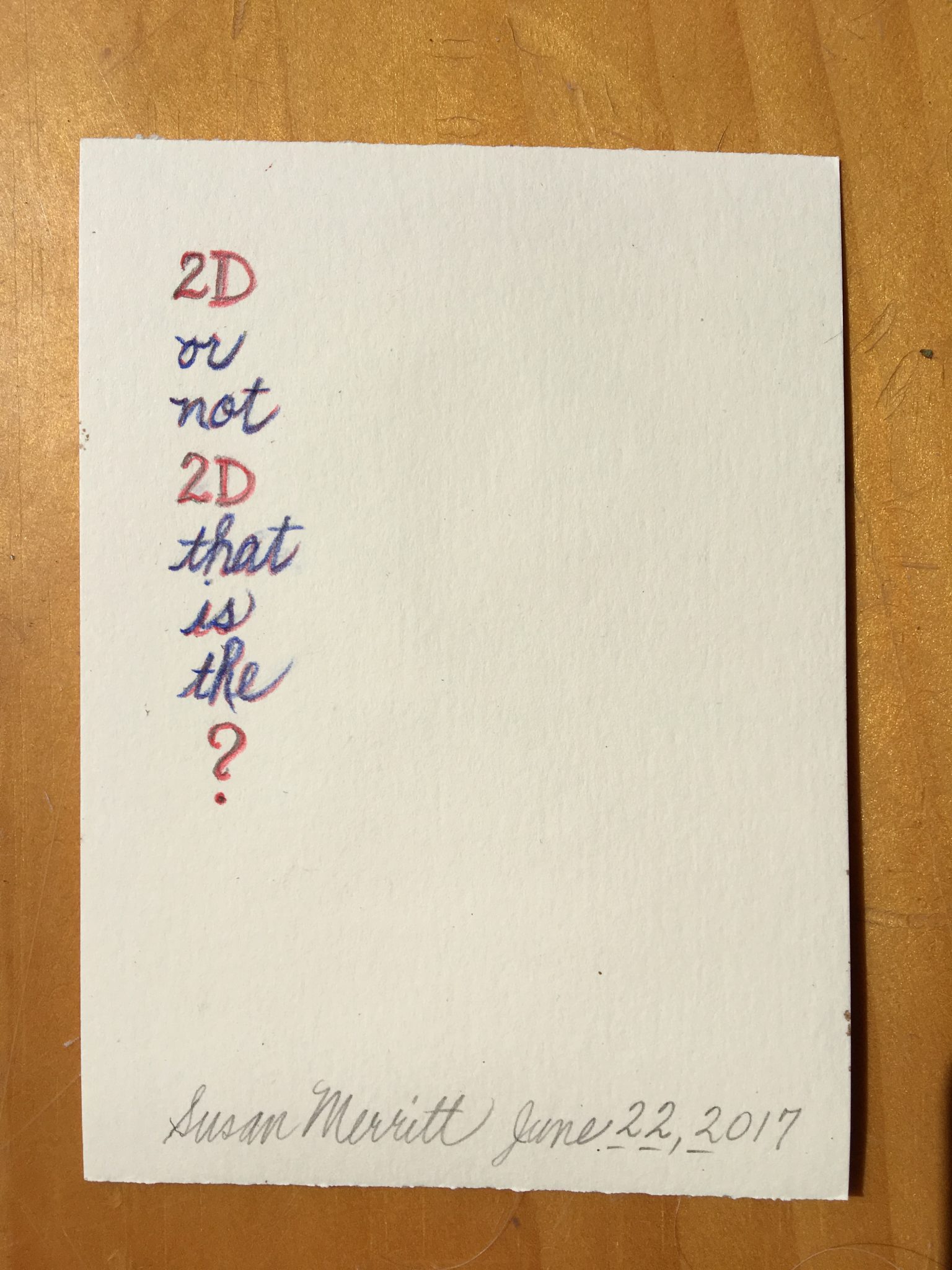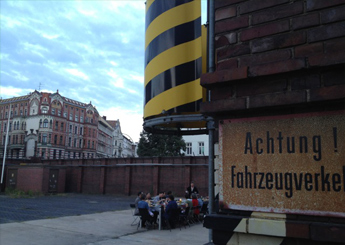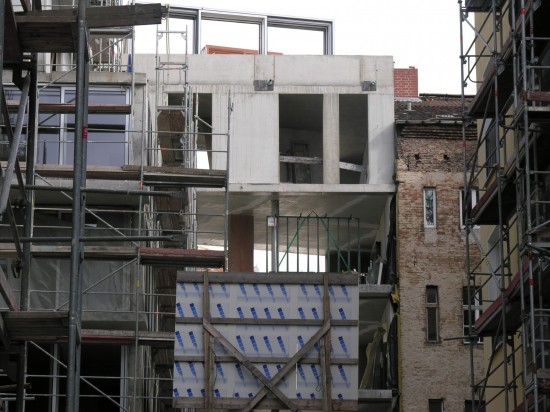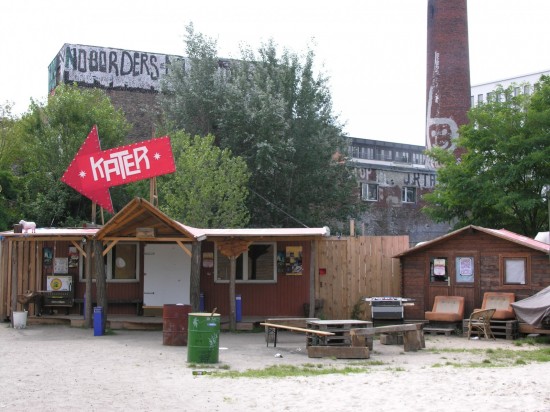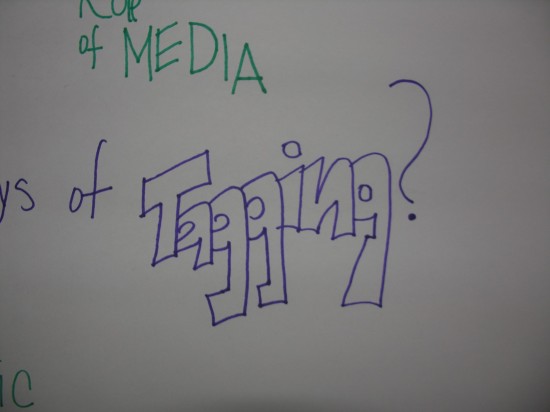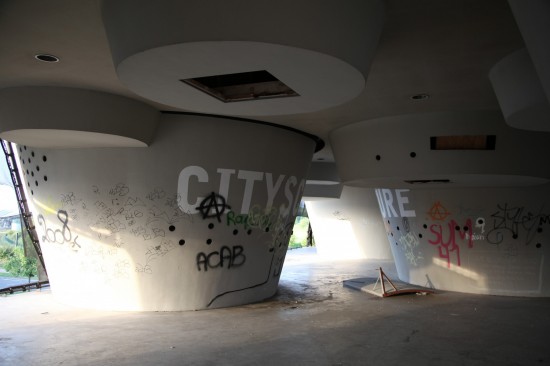Media interventions for a Post Neoliberal City
How might design set the conditions for participatory and democratic discourse?
This was the guiding question for the projection during Design City Berlin.
In which way can information technology generate a new map and digital layer within the city by merging real and immaterial space?
A set of images taken in the urban environment are juxtaposed with metadata developed during the excursions and discussions. This ‚virtual tagging‘ is an investigation of alterna- tive design practice on urban screens and/or low tech augmented reality.
The themes focus on alternative economies and ways of living, as well as on the graphic mediation between the metropolis and the grand-code.
What are the possibilities for social interaction and how is it possible to stage dissent? The Project is an attempt to question and rewrite the code for urban space as a de- mocratic political field and change the way we see through Google glasses.
Jesko Fezer, a Berlin based architect/designer sums up this spirit in his essay “Design for a Post-Neoliberal City”
“By referencing ‘the city’ both as process and as the everyday—as a concrete dimension of reality—the purpose of design will be reflected anew: how would design look if it were inspired by an open, processual, micro-political, interventionist, communicative, and par- ticipatory approach that relates to everyday urban life?”
http://www.e-flux.com/journal/design-for-a-post-neoliberal-city

